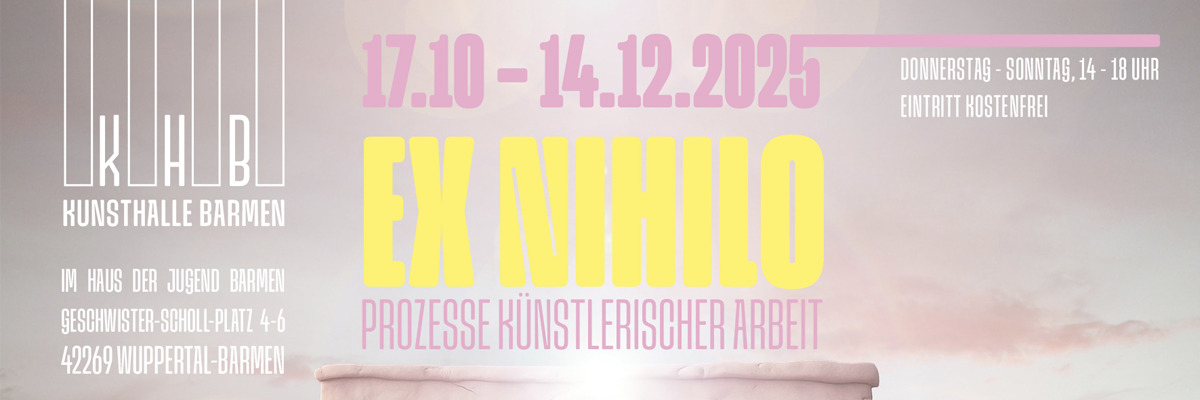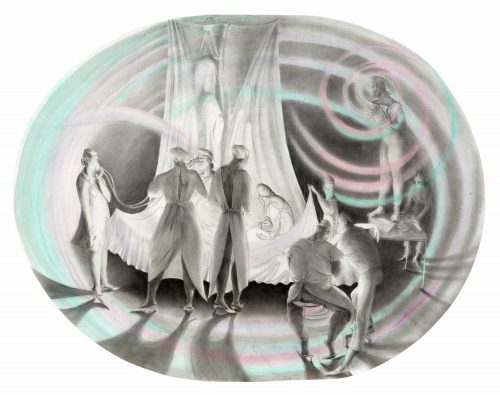
Mit Borrás
Ghosts of The Future
Project Info
- 💙 House of Chappaz
- 💚 Rachel Lamot
- 🖤 Mit Borrás
- 💜 Aurélien Le Genissel
- 💛 Nacho López
Share on
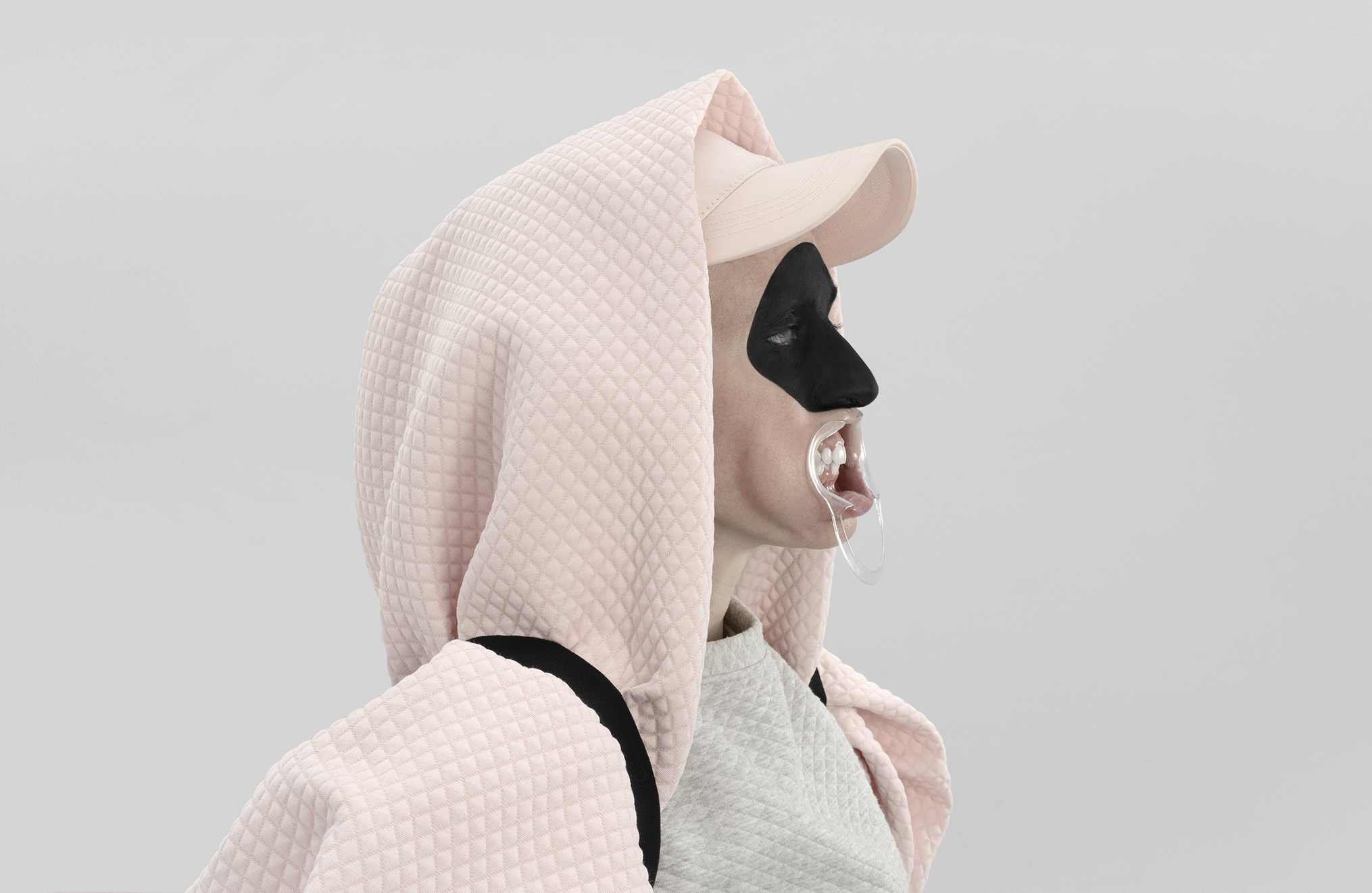
Mit Borras. Ghosts of the Future. Ravve Performer Rachel Lamot. Installation views at House of Chappaz, 2024. Pictures by Nacho Lopez, powered by Cavve. Courtesy of the gallery and the artist. © Borras 2024
Advertisement
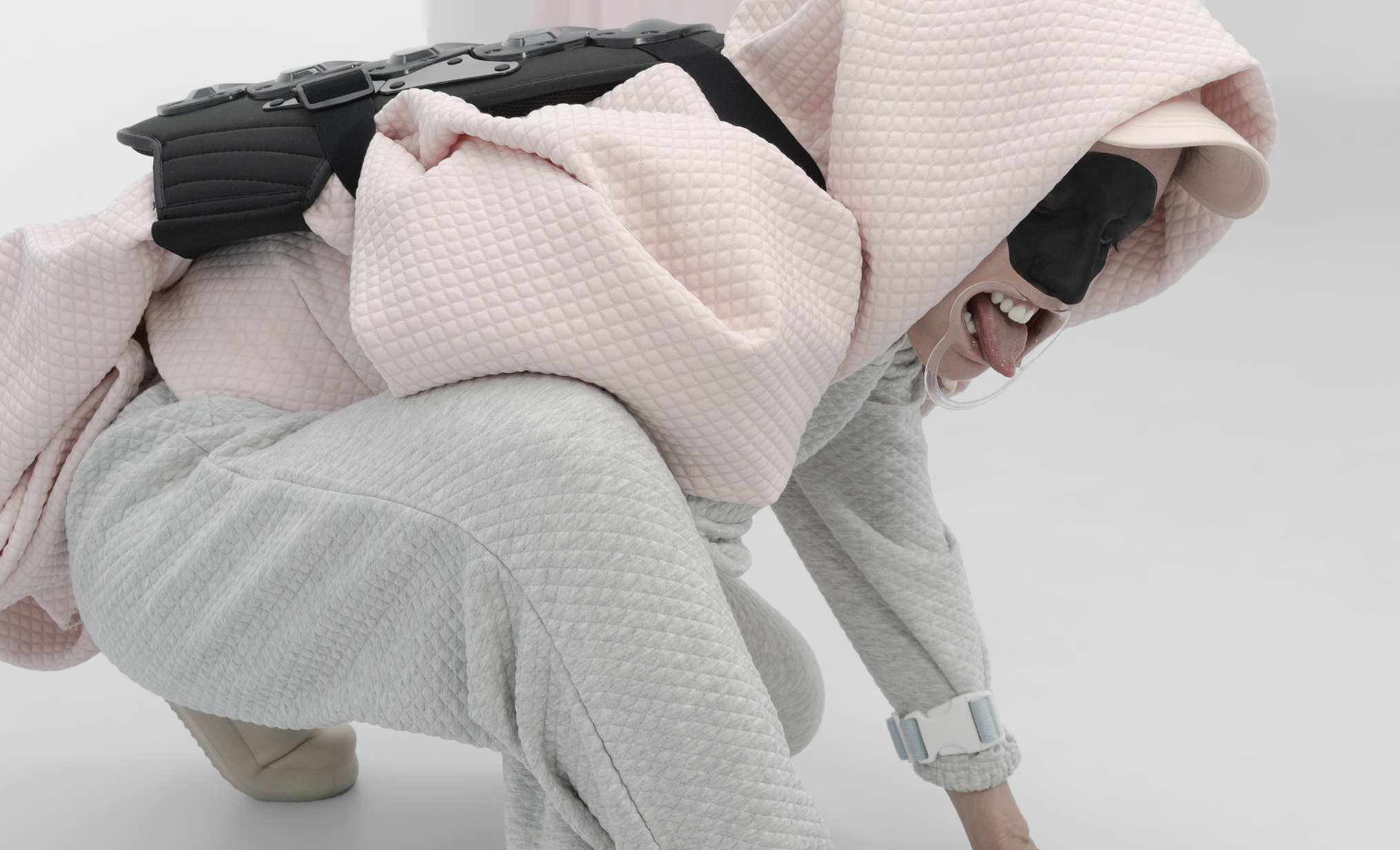
Mit Borras. Ghosts of the Future. Ravve Performer Rachel Lamot. Installation views at House of Chappaz, 2024. Pictures by Nacho Lopez, powered by Cavve. Courtesy of the gallery and the artist. © Borras 2024
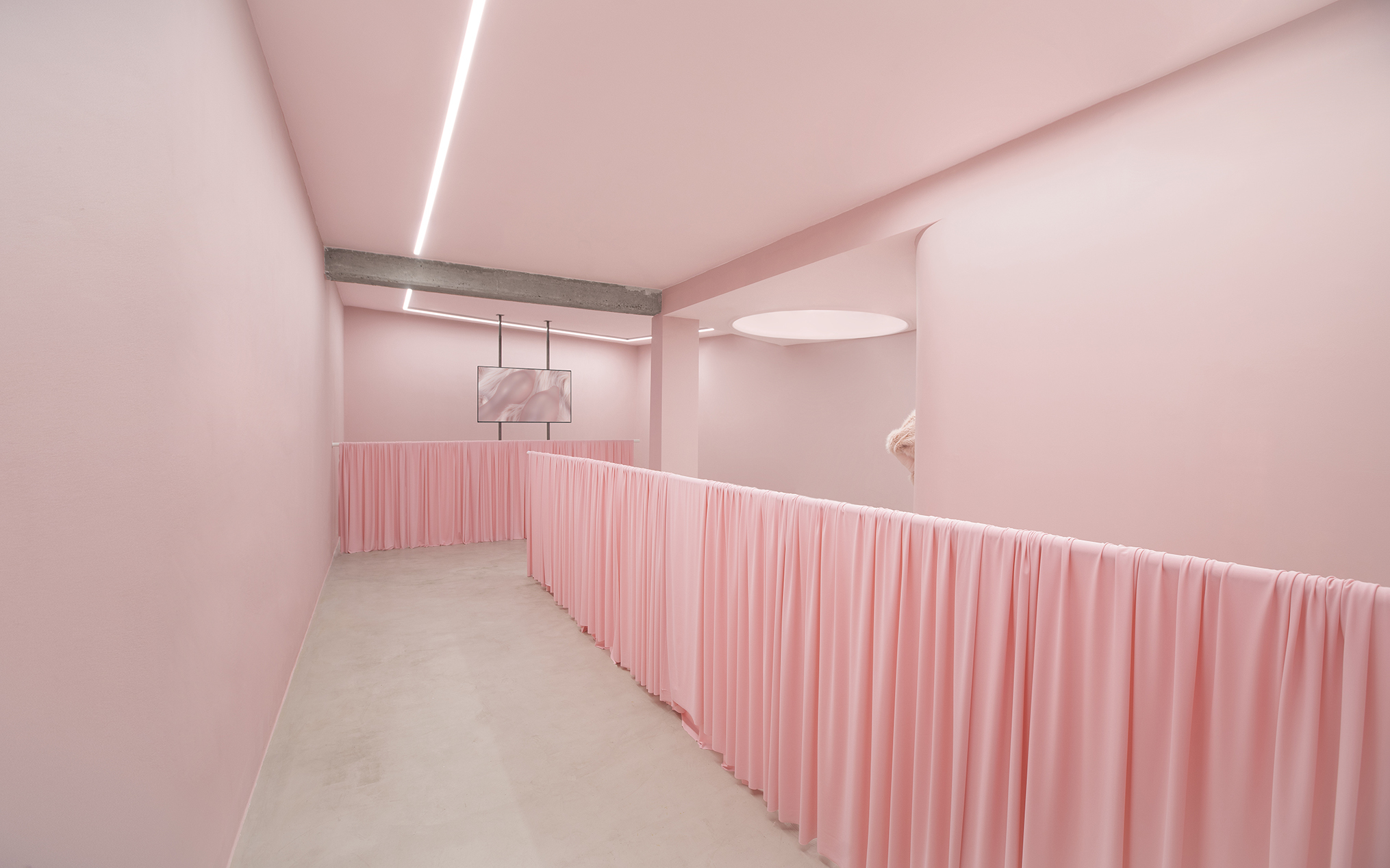
Mit Borras. Ghosts of the Future. Ravve Performer Rachel Lamot. Installation views at House of Chappaz, 2024. Pictures by Nacho Lopez, powered by Cavve. Courtesy of the gallery and the artist. © Borras 2024
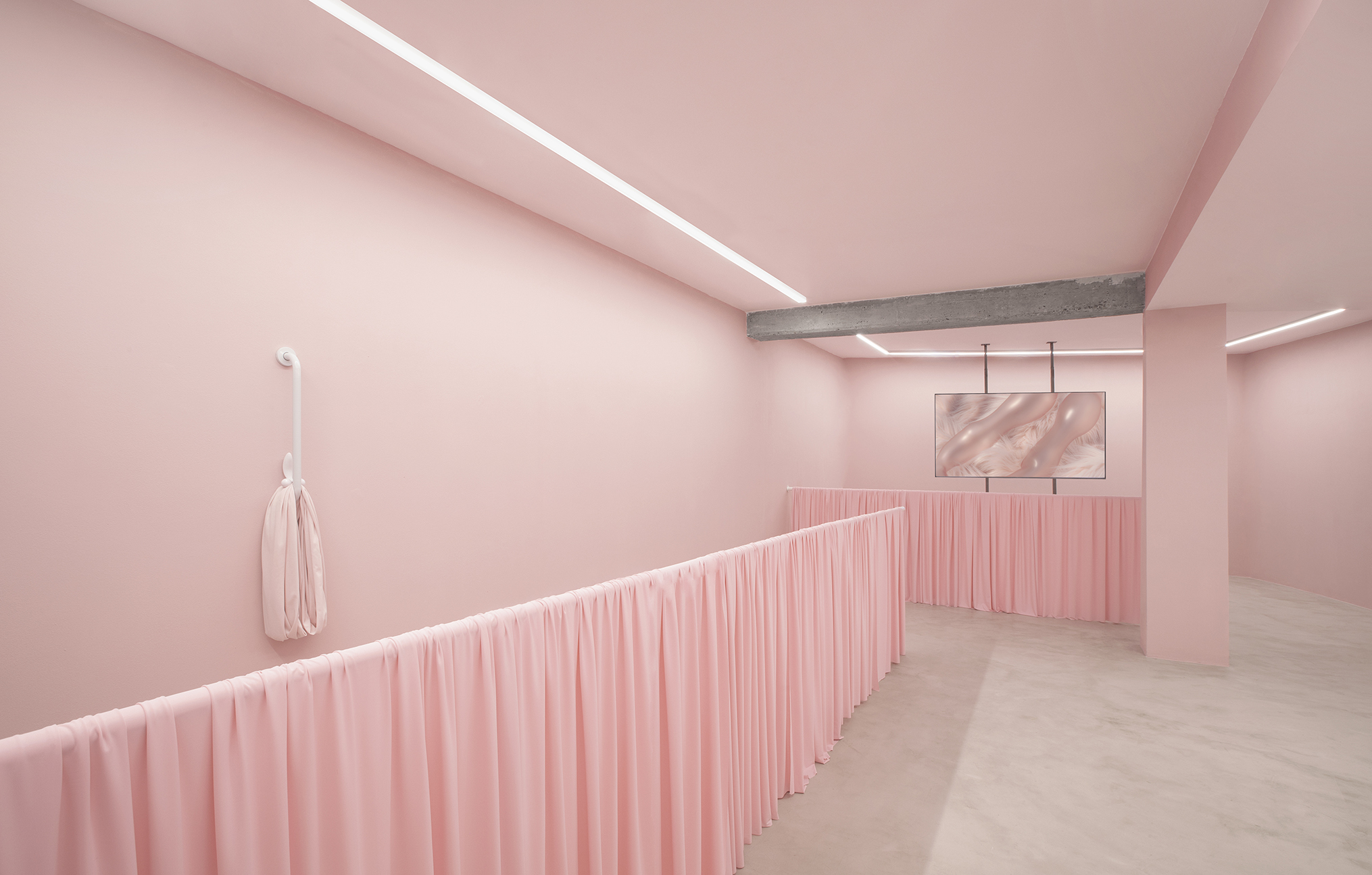
Mit Borras. Ghosts of the Future. Ravve Performer Rachel Lamot. Installation views at House of Chappaz, 2024. Pictures by Nacho Lopez, powered by Cavve. Courtesy of the gallery and the artist. © Borras 2024
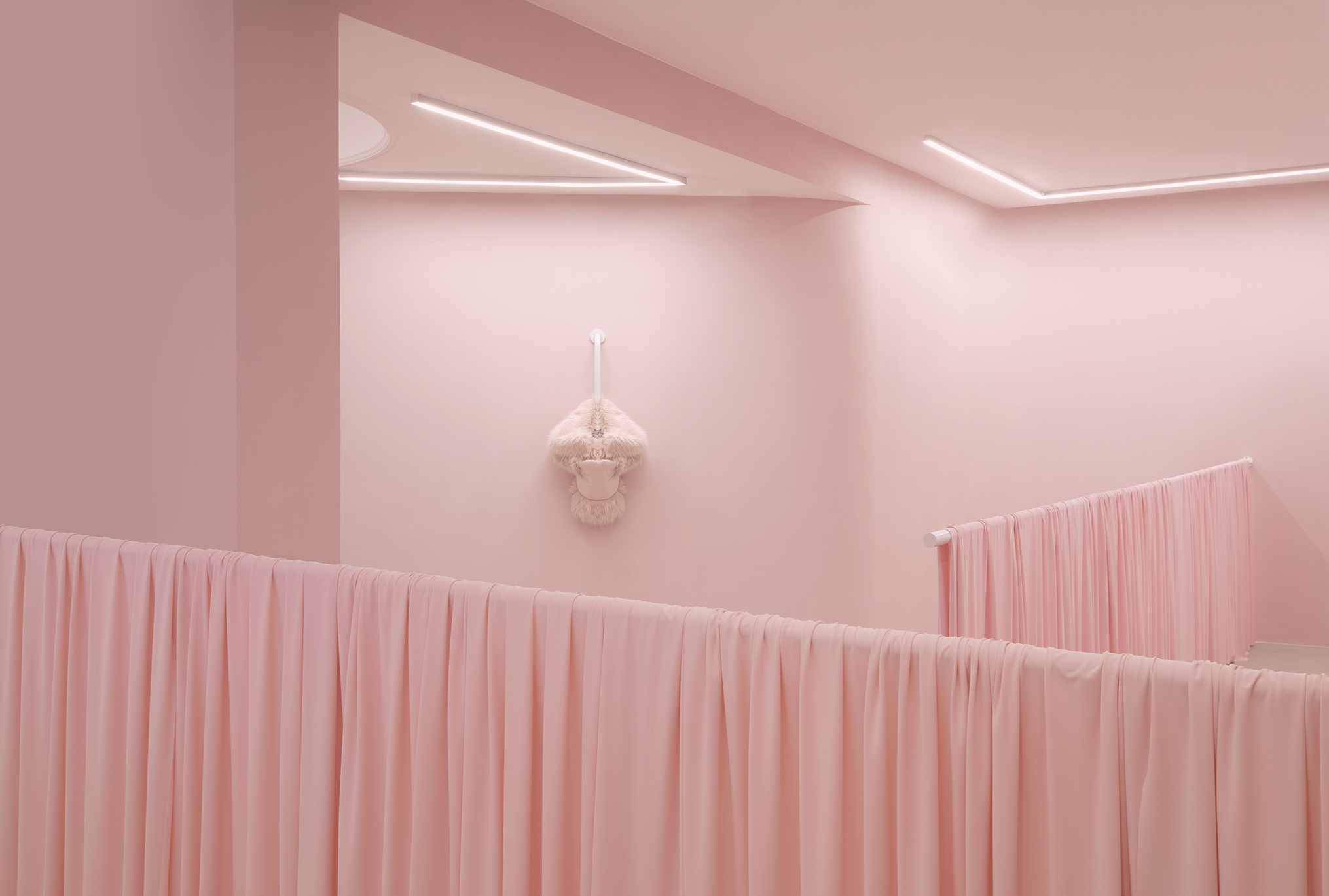
Mit Borras. Ghosts of the Future. Ravve Performer Rachel Lamot. Installation views at House of Chappaz, 2024. Pictures by Nacho Lopez, powered by Cavve. Courtesy of the gallery and the artist. © Borras 2024

Mit Borras. Ghosts of the Future. Ravve Performer Rachel Lamot. Installation views at House of Chappaz, 2024. Pictures by Nacho Lopez, powered by Cavve. Courtesy of the gallery and the artist. © Borras 2024
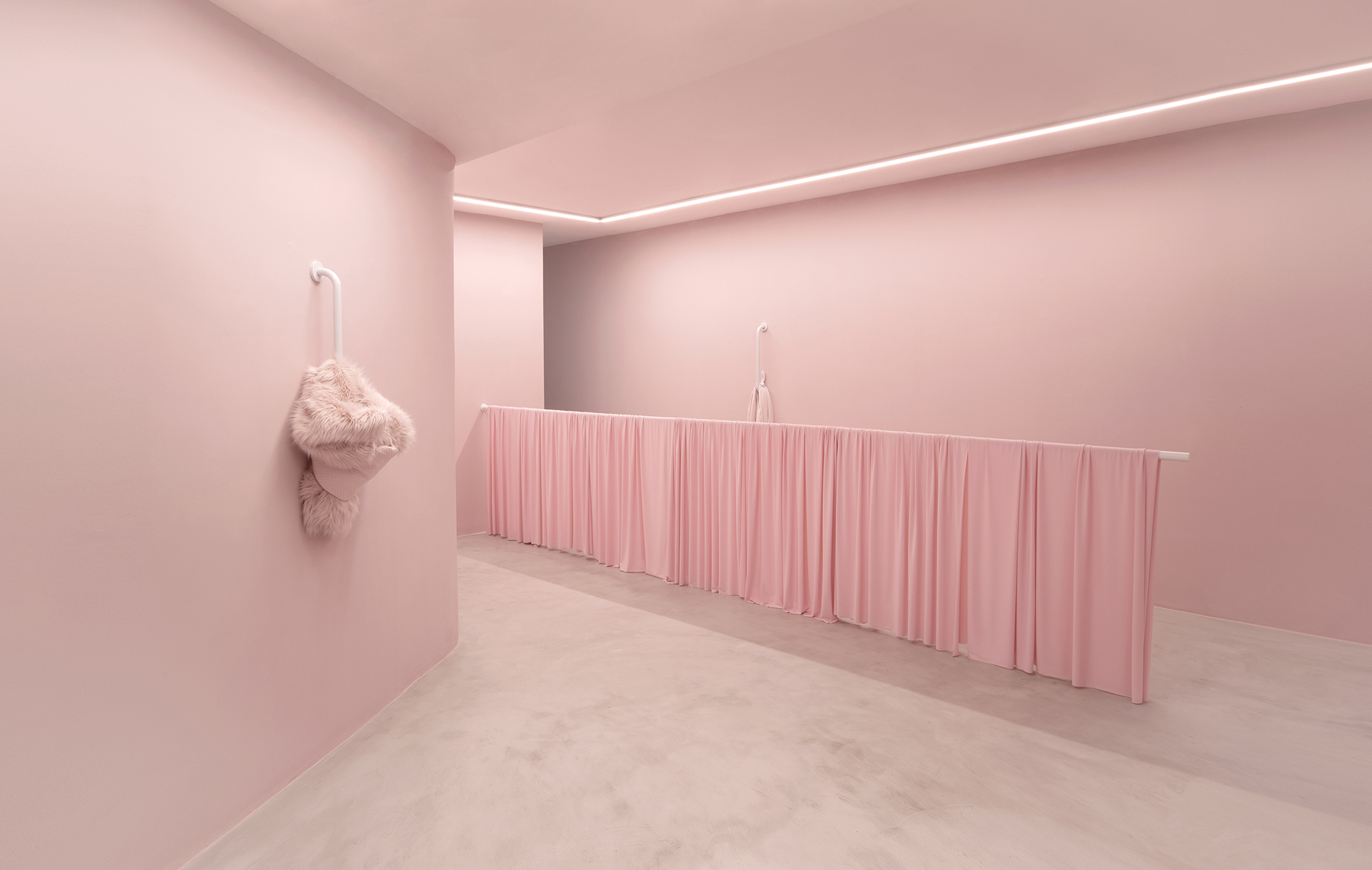
Mit Borras. Ghosts of the Future. Ravve Performer Rachel Lamot. Installation views at House of Chappaz, 2024. Pictures by Nacho Lopez, powered by Cavve. Courtesy of the gallery and the artist. © Borras 2024
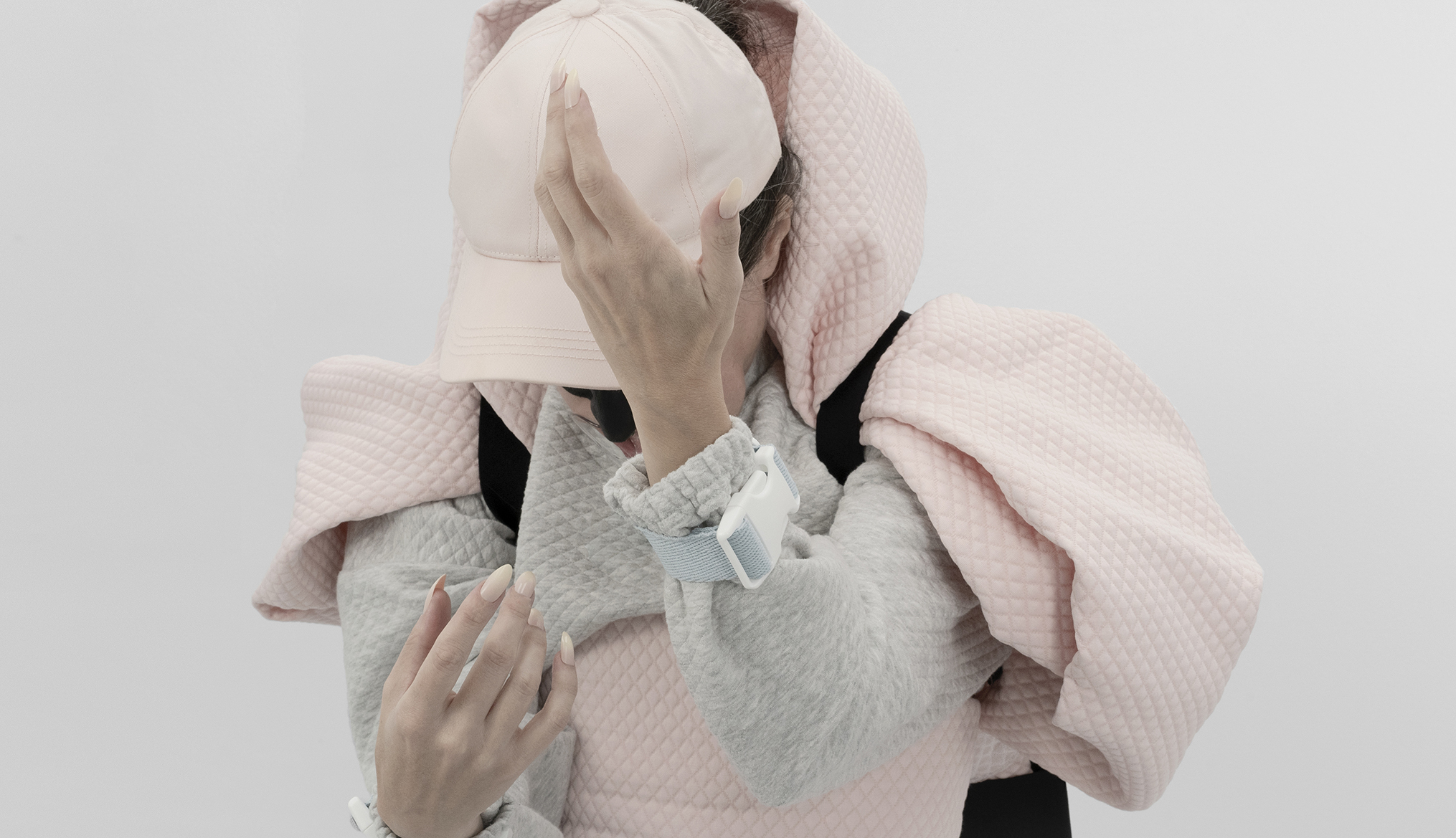
Mit Borras. Ghosts of the Future. Ravve Performer Rachel Lamot. Installation views at House of Chappaz, 2024. Pictures by Nacho Lopez, powered by Cavve. Courtesy of the gallery and the artist. © Borras 2024
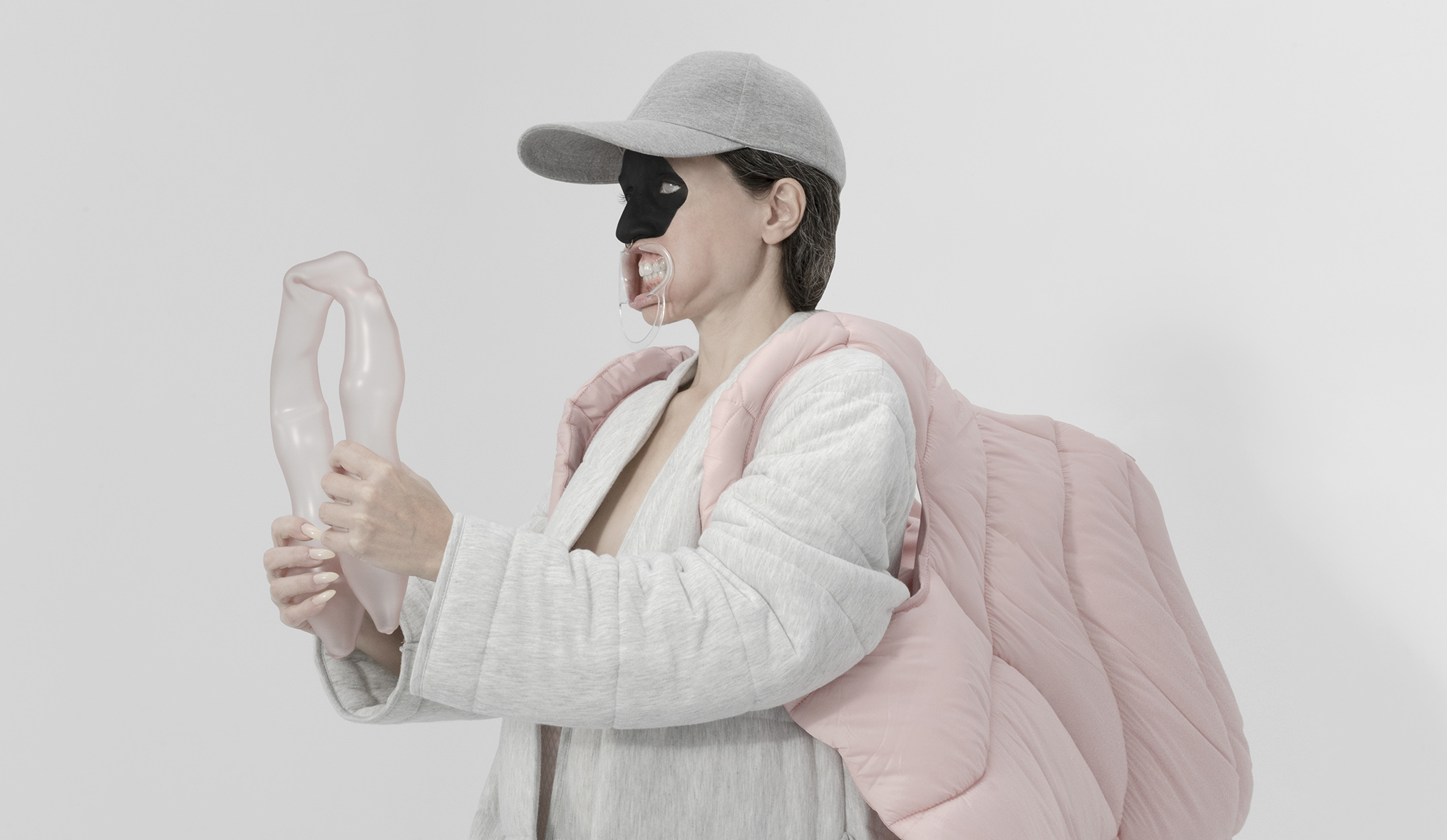
Mit Borras. Ghosts of the Future. Ravve Performer Rachel Lamot. Installation views at House of Chappaz, 2024. Pictures by Nacho Lopez, powered by Cavve. Courtesy of the gallery and the artist. © Borras 2024

Mit Borras. Ghosts of the Future. Ravve Performer Rachel Lamot. Installation views at House of Chappaz, 2024. Pictures by Nacho Lopez, powered by Cavve. Courtesy of the gallery and the artist. © Borras 2024
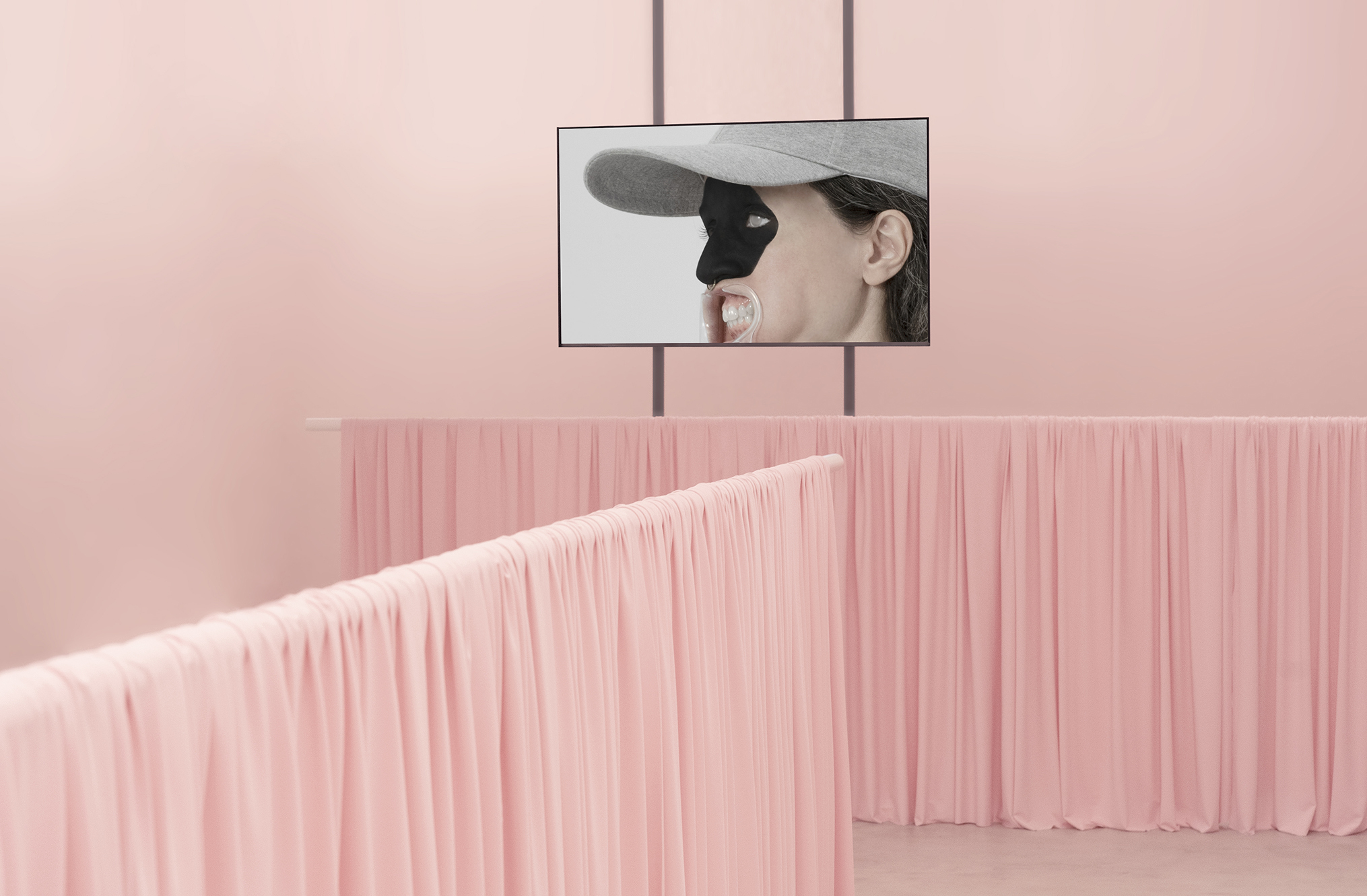
Mit Borras. Ghosts of the Future. Ravve Performer Rachel Lamot. Installation views at House of Chappaz, 2024. Pictures by Nacho Lopez, powered by Cavve. Courtesy of the gallery and the artist. © Borras 2024
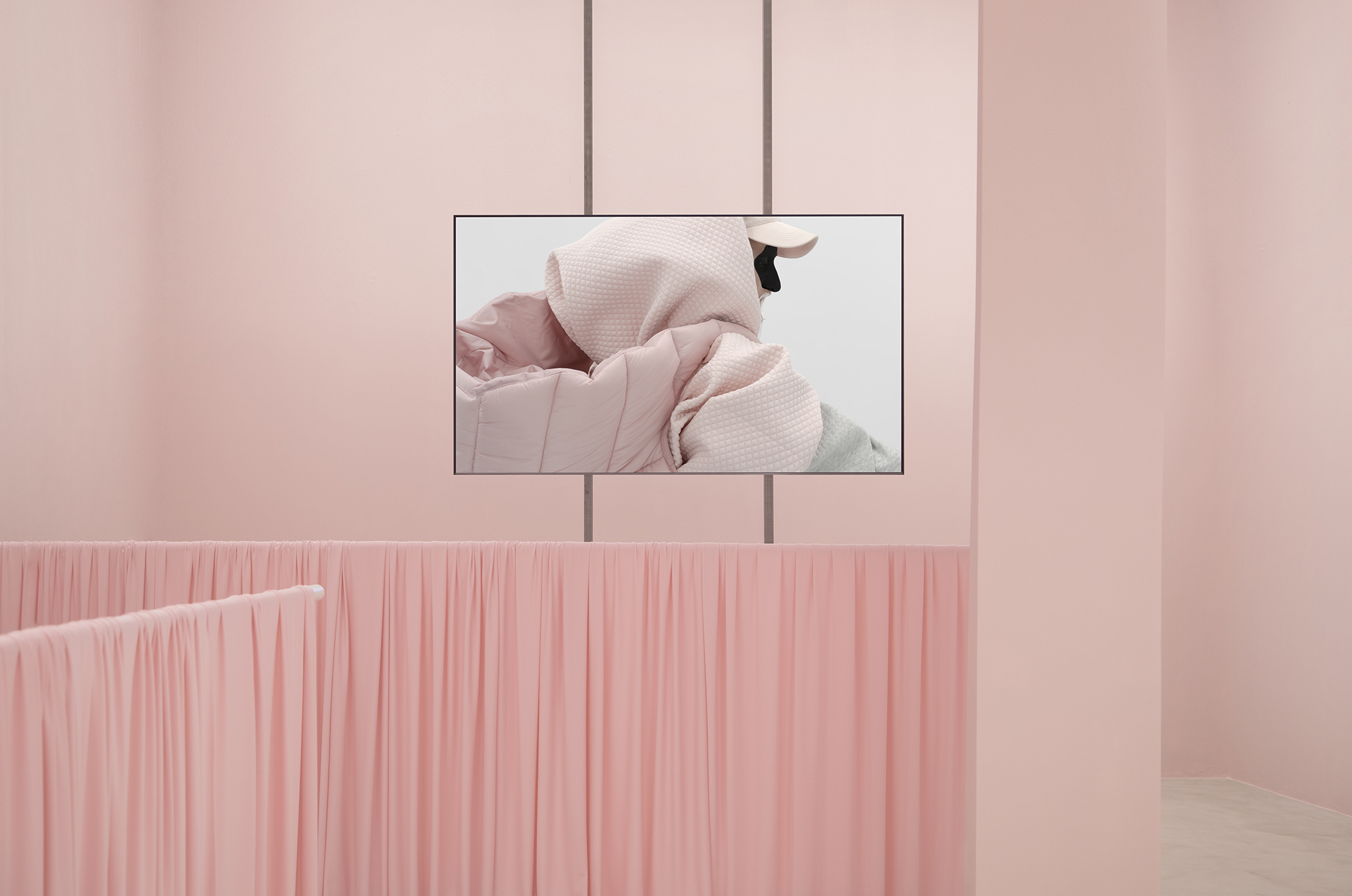
Mit Borras. Ghosts of the Future. Ravve Performer Rachel Lamot. Installation views at House of Chappaz, 2024. Pictures by Nacho Lopez, powered by Cavve. Courtesy of the gallery and the artist. © Borras 2024
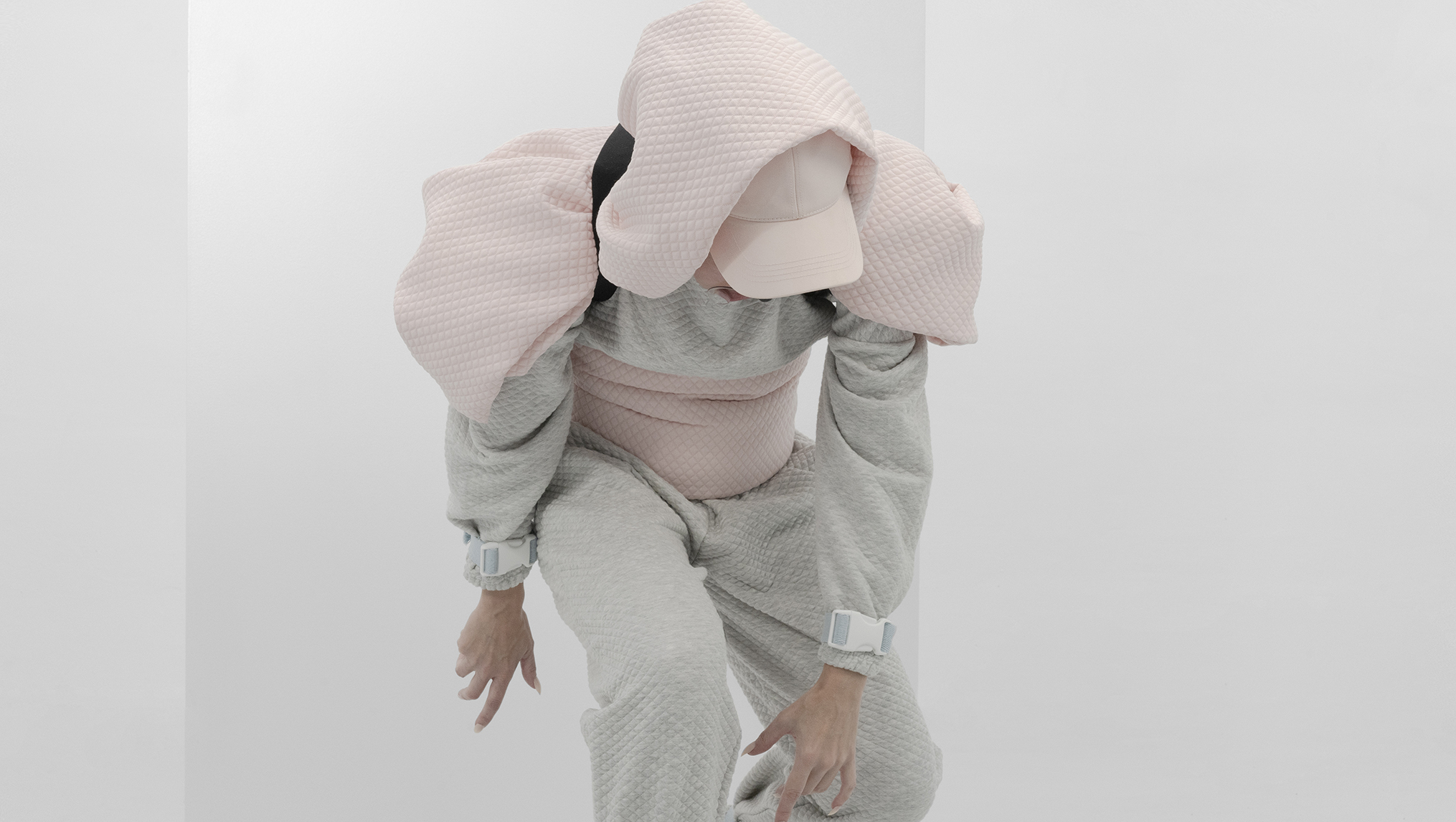
Mit Borras. Ghosts of the Future. Ravve Performer Rachel Lamot. Installation views at House of Chappaz, 2024. Pictures by Nacho Lopez, powered by Cavve. Courtesy of the gallery and the artist. © Borras 2024

Mit Borras. Ghosts of the Future. Ravve Performer Rachel Lamot. Installation views at House of Chappaz, 2024. Pictures by Nacho Lopez, powered by Cavve. Courtesy of the gallery and the artist. © Borras 2024
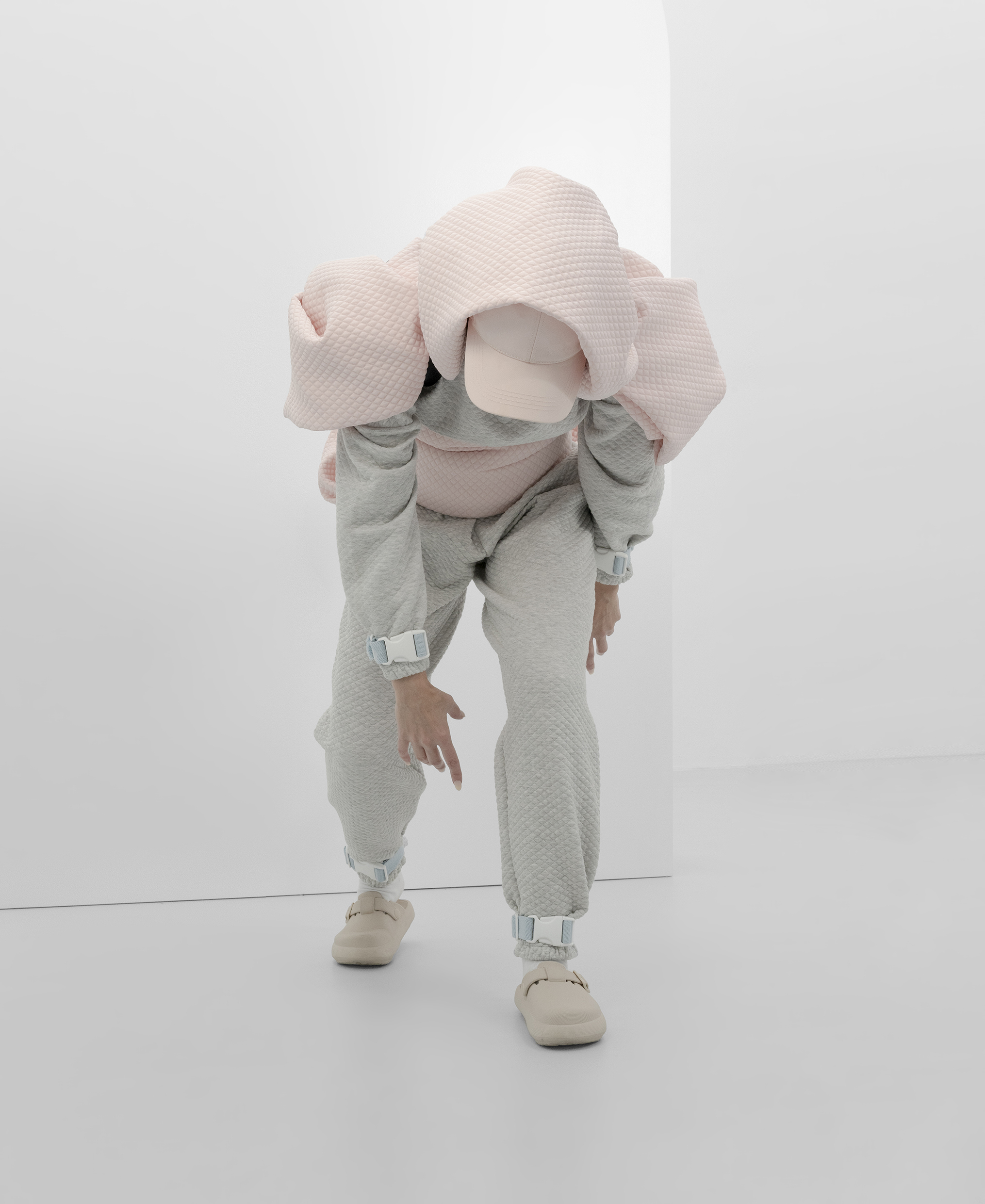
Mit Borras. Ghosts of the Future. Ravve Performer Rachel Lamot. Installation views at House of Chappaz, 2024. Pictures by Nacho Lopez, powered by Cavve. Courtesy of the gallery and the artist. © Borras 2024
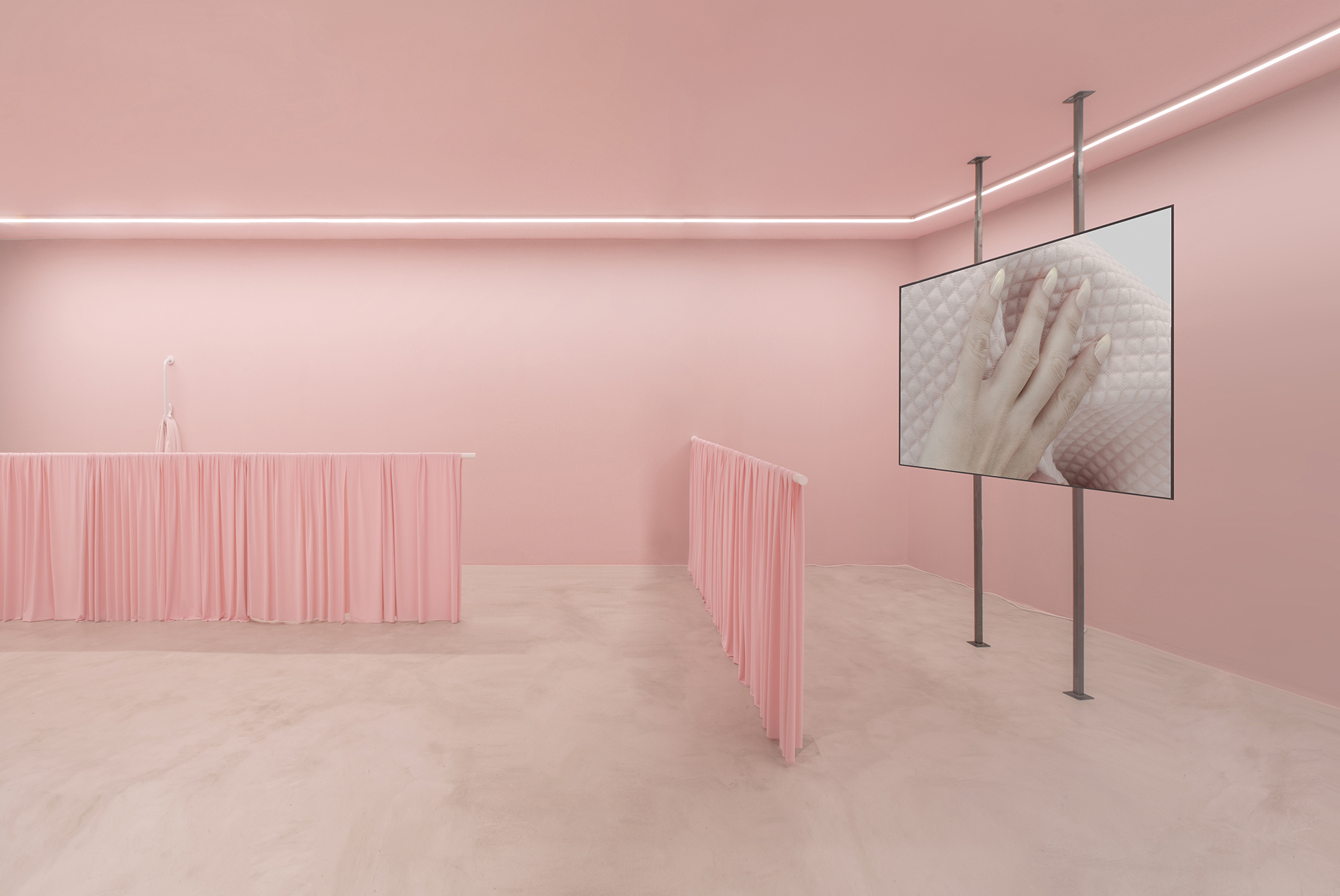
Mit Borras. Ghosts of the Future. Ravve Performer Rachel Lamot. Installation views at House of Chappaz, 2024. Pictures by Nacho Lopez, powered by Cavve. Courtesy of the gallery and the artist. © Borras 2024
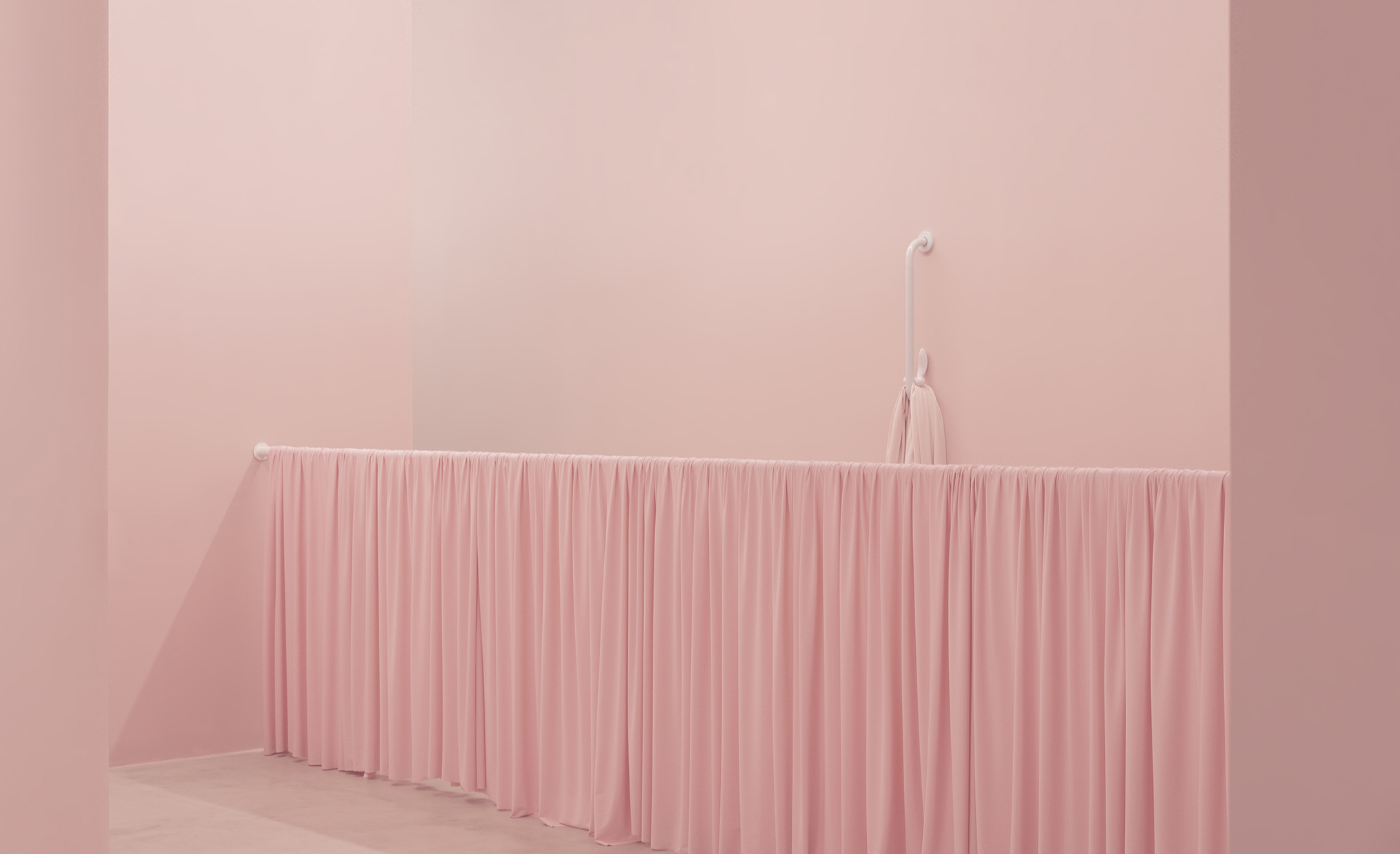
Mit Borras. Ghosts of the Future. Ravve Performer Rachel Lamot. Installation views at House of Chappaz, 2024. Pictures by Nacho Lopez, powered by Cavve. Courtesy of the gallery and the artist. © Borras 2024
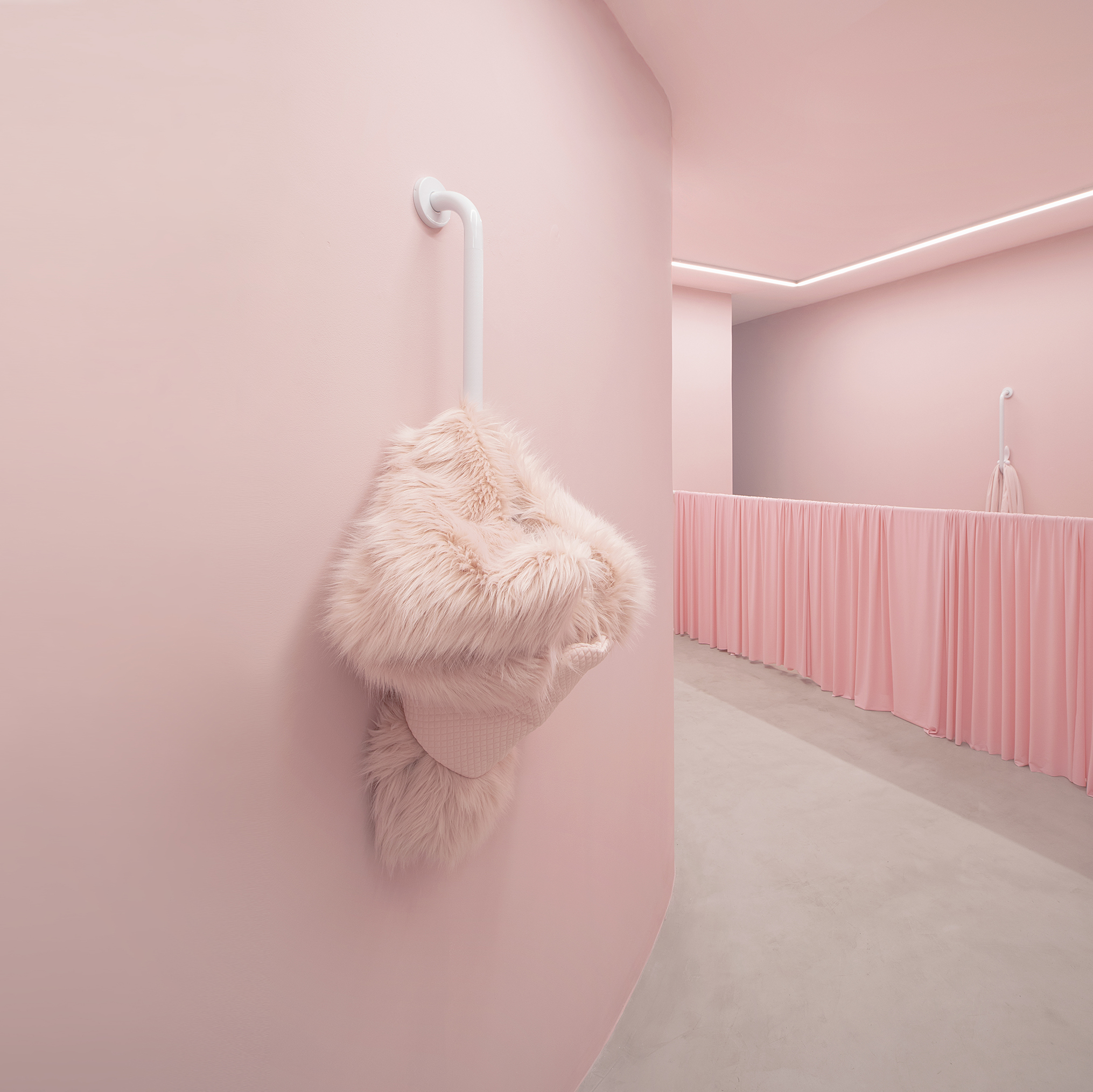
Mit Borras. Ghosts of the Future. Ravve Performer Rachel Lamot. Installation views at House of Chappaz, 2024. Pictures by Nacho Lopez, powered by Cavve. Courtesy of the gallery and the artist. © Borras 2024

Mit Borras. Ghosts of the Future. Ravve Performer Rachel Lamot. Installation views at House of Chappaz, 2024. Pictures by Nacho Lopez, powered by Cavve. Courtesy of the gallery and the artist. © Borras 2024
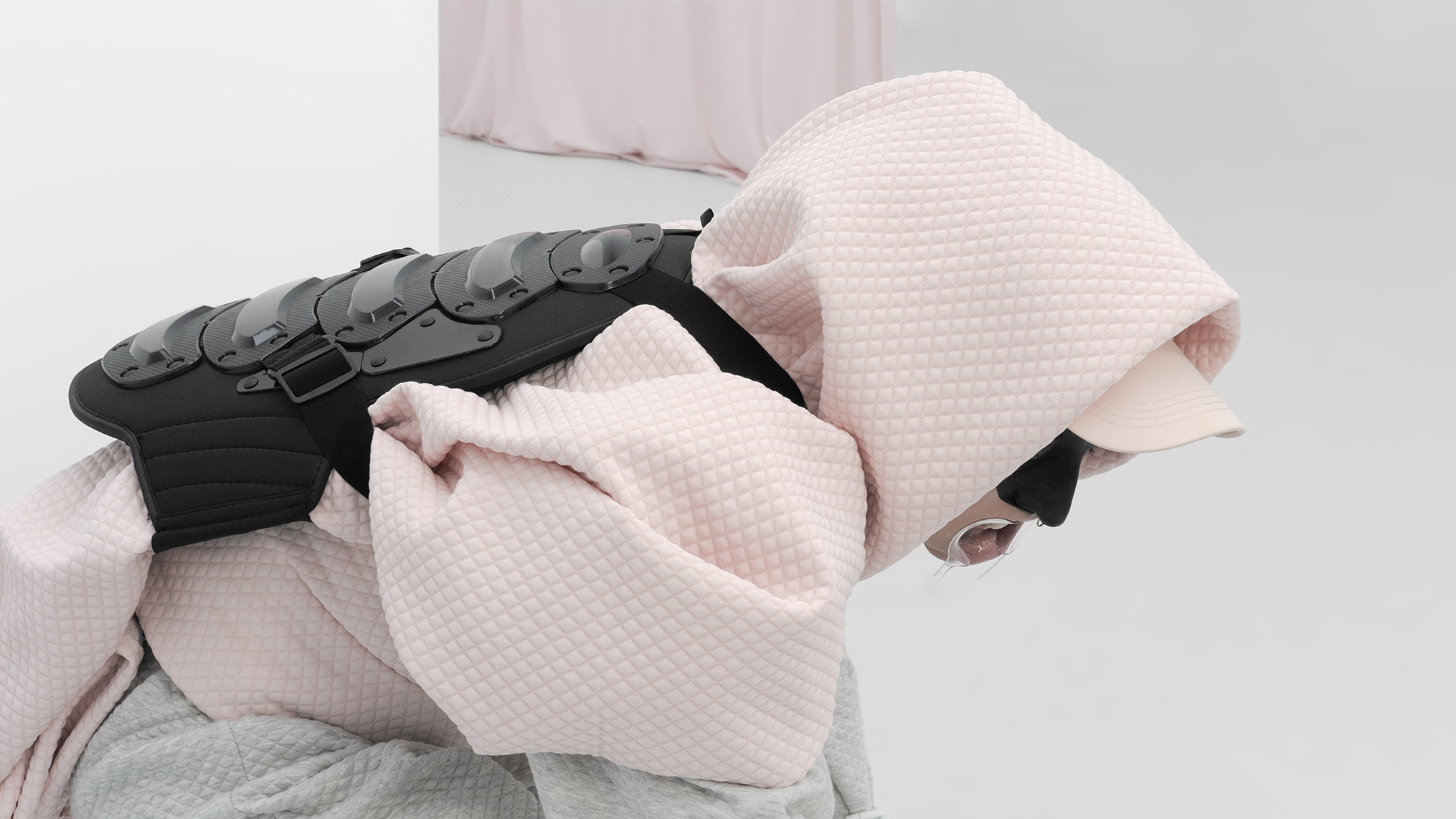
Mit Borras. Ghosts of the Future. Ravve Performer Rachel Lamot. Installation views at House of Chappaz, 2024. Pictures by Nacho Lopez, powered by Cavve. Courtesy of the gallery and the artist. © Borras 2024
MIT BORRÁS
GHOSTS OF THE FUTURE
RAVVE
AT HOUSE OF CHAPPAZ
12 DEC 2023– 2 FEBRUARY 2024
ARTIST | MIT BORRÁS
PERFORMER | RACHEL LAMOT
I have always been interested in the concept of limbo or purgatory. That liminal and fantasized territory, outside of time and space (or beyond time and space) in which specters wander that connect us with our aspirations, fears and fantasies.
Every time I enter Adaptasi Cycle, I can't help but think that I am facing a sublimated version of what would be the limbo of late capitalism. That is, of the unconscious of our time. And the audiovisual installations proposed by Mit Borrás and Rachel Lamot -art director and co-writer of Adaptasi Cycle and performer at Ghosts of The Future - reveal the new mechanisms, materials and techniques that we use to answer the eternal questions about our mortality, our purpose and our fragility. Hence that curious fusion between the archaic and the ultra-technological that so challenges this work. Autonomous universes, separated from our reality, that reveal the contradictions and hidden hopes of the zeitgeist that govern us in an almost invisible way.
A kind of Barthes's Mythologies in times of virtual reality and increasing dematerialization, if it is true that mythologies are a 'first semiological disassembly of the language of mass culture'. And language today goes beyond mere words. It is also the use of the image, the texture of our clothes, the shape of our vibrators, the colors of our waiting rooms, the prostheses that 'augment' us. It is not surprising then that we find a series of referential and symbolic materials and objects (soft shapes, pastel colors, company drones, snowy landscapes, owls and mochis...) taken from what Baudrillard (already) called the 'system of objects'. Borrás imagines with Lamot and her vision, a kind of dream of perfection, of benevolent hyperbole of the era of exponential consumption that navigates between the anguish of an episode of Twilight Zone and the delicacy of a wellness session. His work lies between criticism and apology, in a kind of suspension of judgment, very close to what Barthes - again he - called 'the third sense', thus dancing with the polyphony of meaning. Associations of ideas (cheerleaders and glaciers, mushrooms and anti-stress balls) that navigate between the surreal and the poetic, disturbing and comforting at the same time, a mix between Freudian Unheimliche and the goodistic saturation of a world of video clips.
Due to the careful aesthetics of his creations and the synesthesia of his installations, one might think that his work adheres to a certain sensory formalism, closer to design and advertising than to art. Nothing is further from reality. Its universe is a daring way to delve into the usual metaphysical questions. The new altars turn out to be massage tables or orthopedic chairs. The gods to come have bionic faces, anti-wrinkle masks and designer tracksuits. Cherubs do ASMR and prophets invoke yoga postures. Rituals, spaces and references saturate Borrás' images in an attempt to revisit transcendent ceremonies that connect transhumanism, progress and biotechnology.
It is not surprising then that his aesthetic-visual proposals - true environments in which video installations are complemented with smoke, structures and apparitions/performances - refer to a kind of mythology of the future. Giorgio Agamben explains - in What is a device? - - that 'through devices man tries to make the animal behaviors that were separated from him rotate in the void and thus enjoy the Open as such, the entity as such. entity'. Borrás' videos are full of devices. Or, in other words, all those things that we invent to connect again with nature through the artificial - especially the technological. The universes that Borrás imagines are a kind of sublimation of our secret desire for permanence, an exorcism of our finitude that previously passed through prayers and amulets and today is hidden in our phones and everyday objects.
In this way, RAVVE is presented as another chapter of this fresh polyphony in which Borrás mixes digital altars, transhumanist ceremonies and characters from a curious indefinite Olympus. A rave of the future with a techno feel but an ancestral background, which seems to celebrate the future through two priests of transhumanism but which, at the same time, seeks an impossible state of harmony and serenity. The result is a ritual meditation, dubbed a sound journey byDaniel vacas Peralta in Adaptasi Cycle and Mowa, aka Mit Borrás in his electronic music production in Ravve, which connects technology, nature and aesthetics. We do not know in what dimension these beings exist, on the border where robots - dead and alive - are found outside of space, outside of time, as if they had surpassed the human state, the passage of time and the banal restrictions of the material, through a kind science and gentle progress.
But, as the subtitle says, they are 'ghosts of the future'. And there is something spectral, a shadow, a spirit that runs through Borrás' works, hidden behind a certain utopia of balance, kindness and harmony. Surely something similar to what Eric Sadin calls 'the superego of the 21st century', that artificial intelligence or that virtual reality that 'realizes the end of history, making a new world emerge, devoid of any friction and harshness, living off the full agreement'.
Something also of Derridean hauntology, of what Mark Fisher calls the 'agency of the virtual, understanding the specter not as something supernatural, but as that which acts without existing (physically)'. That is, that relationship with what is no longer or with what is not yet. Perhaps the nostalgia that resides in that 'slow cancellation of the future' that 'Bifo' Berardi speaks of, a kind of melancholy of an invisible future that we feel in the disembodied, abstract and indefinite universe of RAVVE. 'One of the characteristics of our time is to think that the future we always dreamed of has already been achieved,' Borrás told me one day in one of our conversations. And I wonder if in the end what we do is not rather 'disguise the disappearance of the future as its opposite', as Fisher says, that is, mistakenly convince ourselves that tomorrow has already arrived. In a world that seems to live in an eternal present, in a frozen present - disguised as continuous novelty - what we are missing is a peaceful relationship with time. That which we always look for in raves, parties, macro-festivals or yoga sessions and that Borrás reinvents in this new version of the beautiful festival of the Valley, from ancient Egypt, which he offers at RAVVE.
If the passive and disenchanted wait in the biblical purgatory of Belacqua - that very Beckettian figure taken from Dante's Divine Comedy - was the paradigm of the 20th century, perhaps the limbos of the new millennium will be populated by electronic shamans, companion drones and rooms of dentist with padded walls in which new age clerics recreate disembodied covens and futuristic rites to finally reconnect with what we never understood.
By Aurélien Le Genissel. Limbos of capitalism
Caption for All images
Ghosts of The Future. Ravve
Work by Mit Borrás @mitborras
Performer Rachel Lamot @rachellamot
Gallery @houseofchappaz
Curatorial text | @a_legenissel
Pictures by Nacho López
powered by Cavve. Courtesy of the gallery and the artist. © Borras 2024
Film Credits
Wax | Janine Grosche
Drone Iceland | Jose Andrés Montalvo
Produced by Cavve
© Borrás | Cavve
#kubaparissubmission
Location @houseofchappaz
Artist @mitborras Artist @rachellamot
Curatorial Text @a_legenissel
#kubaparis
Aurélien Le Genissel
